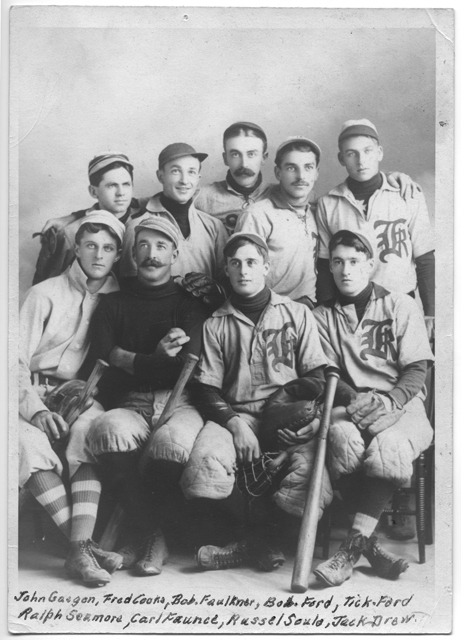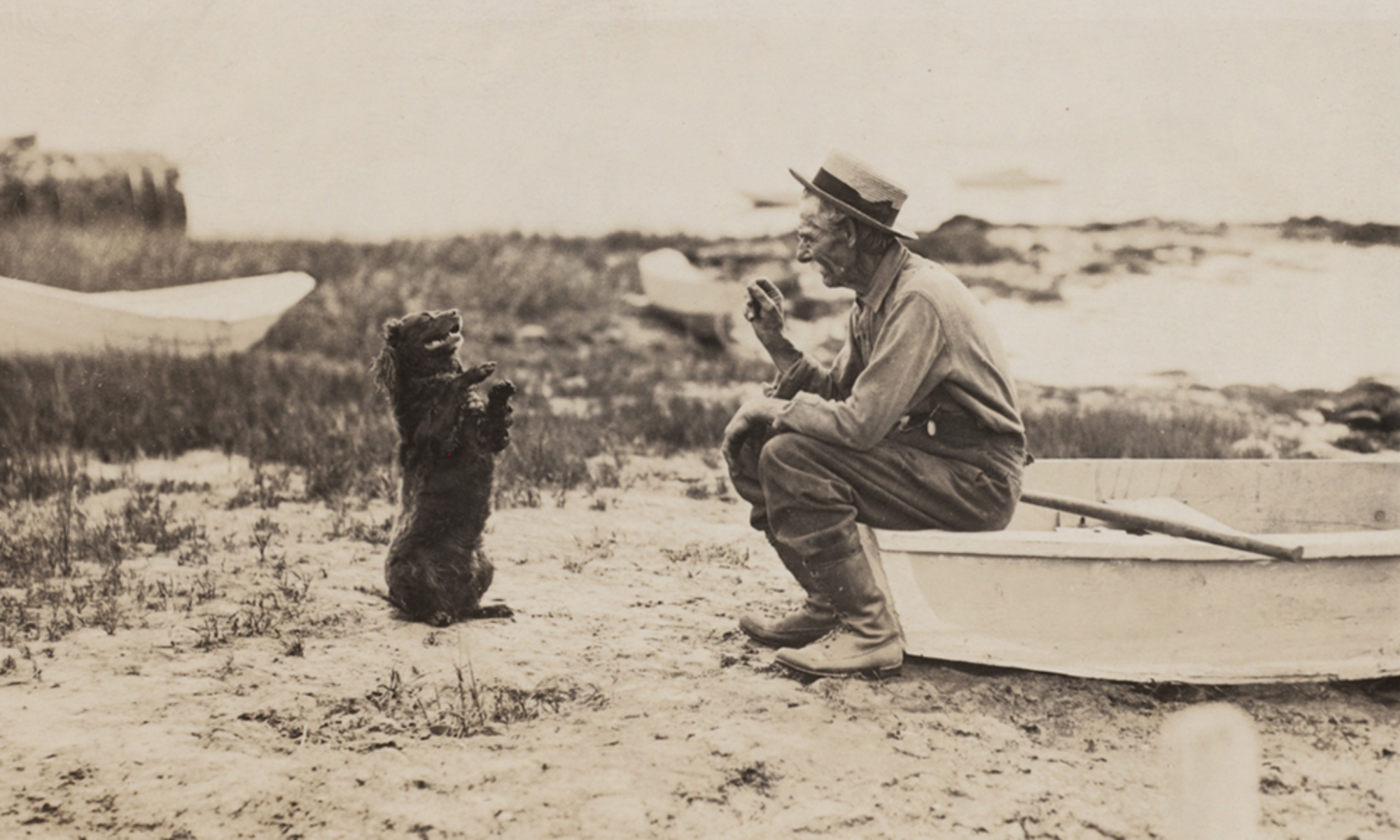Long before the Red Sox/Yankees rivalry and even earlier than the infamous trade that took Babe Ruth from Fenway to the Bronx, a profound difference split the game we know as America’s past-time. There were actually two kinds of baseball – the Massachusetts Game and the New York Game. Derived from an earlier version called Town Ball, itself a descendant of the English game of rounders, the Massachusetts Game was not formalized until 1858 (see the rule book here ), while the New York variety followed the rules of the Knickerbocker Club, dated 1845.
The New England version was, in its time considered the rougher, less civilized game, in no small part because the fielders got the baserunner (called a striker) out by hitting him with the ball, a task so difficult that innings ended after only one out and games concluded as soon as one side scored 100 runs, no matter the number of innings completed. After the Civil War, the New York Game surged in popularity and crowded out the Massachusetts style.

Kingston had a town team by the last years of the 19th century, but very little information, beyond the names added to this photograph, can be found in the Local History Room. We do know that Bob Ford graduated from Kingston High School in 1898 (a classmate of Emily Fuller Drew), while Tick Ford (real name Winthrop) crewed on Henry Jones’ sail boat Kittiwake V and later served as a Kingston Water Commissioner. Based on their equipment, it seems that Carl Faunce pitched while Russel Soule caught. Otherwise, the exploits of the Kingston Town Team remain a mystery to us today.
Players: (standing left to right) John Gaegon, Fred Cooke, Bob. Faulkner, Bob. Ford, Tick Ford. (seated left to right) Ralph Seamore, Carl Faunce, Russel Soule, Jack Drew
